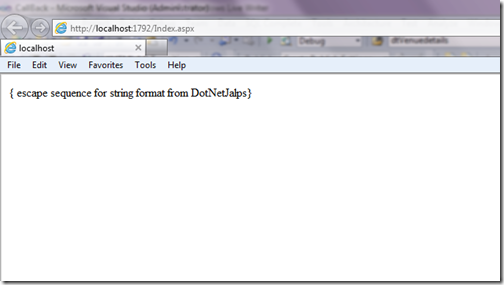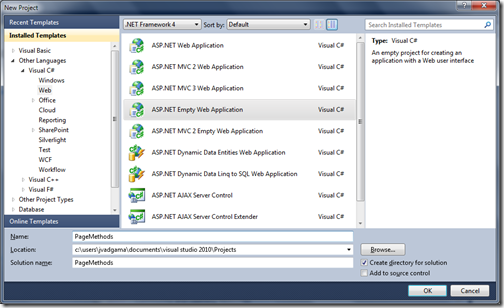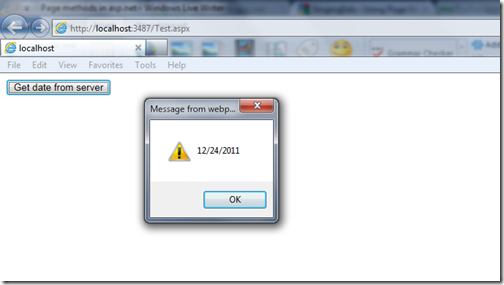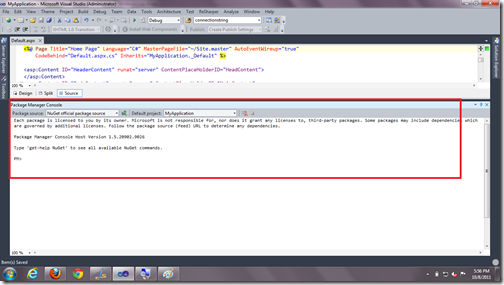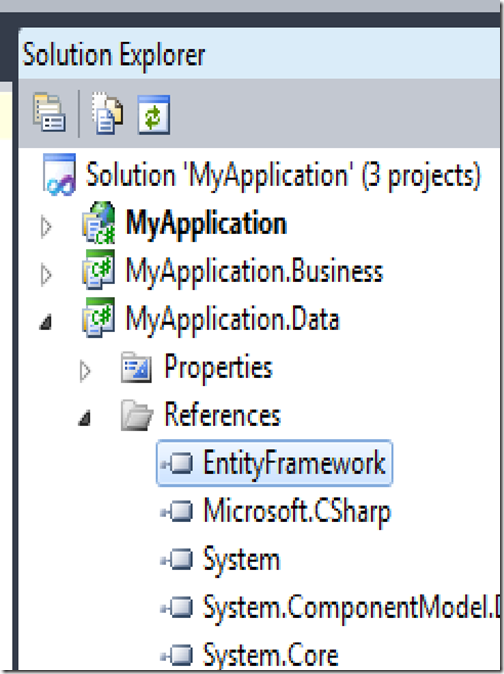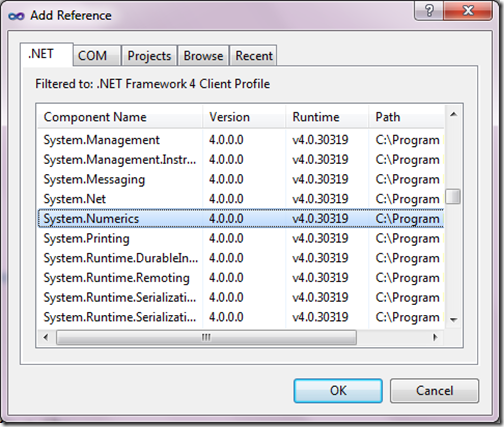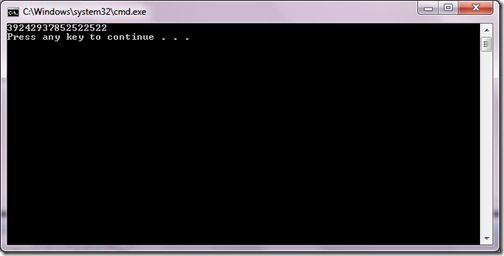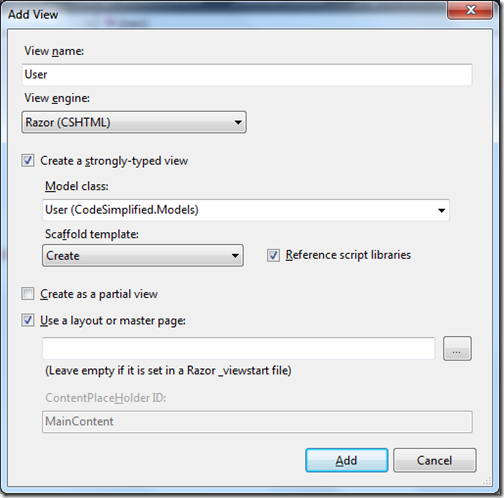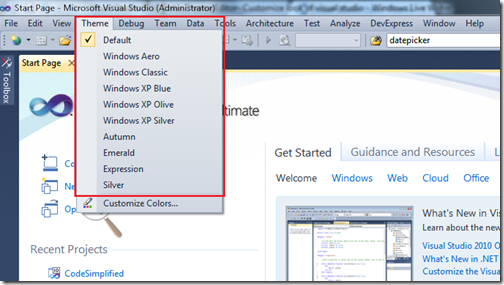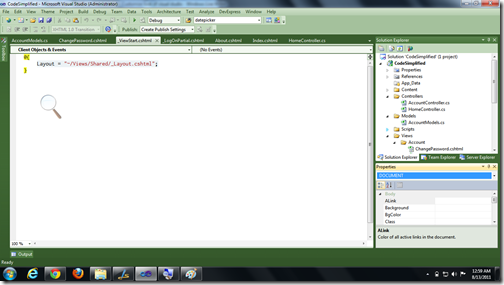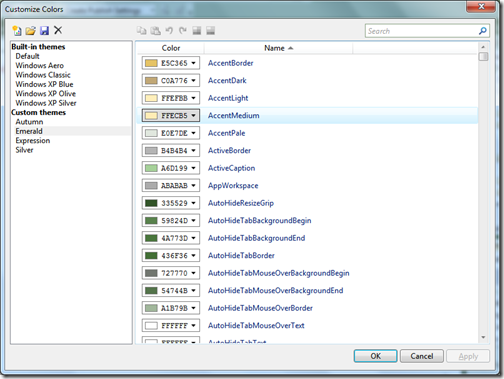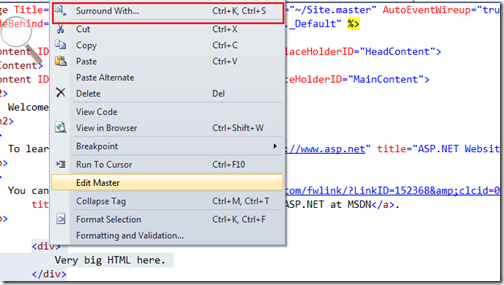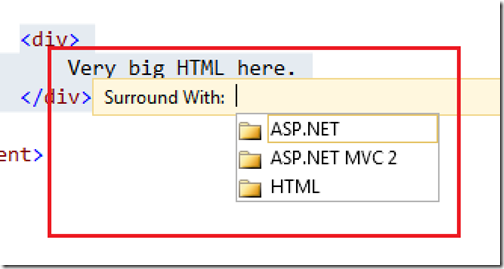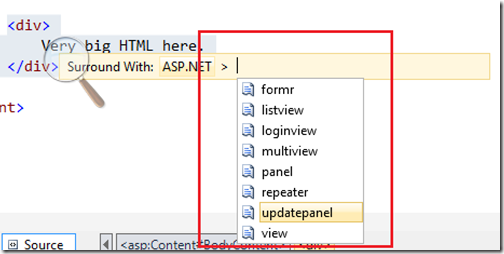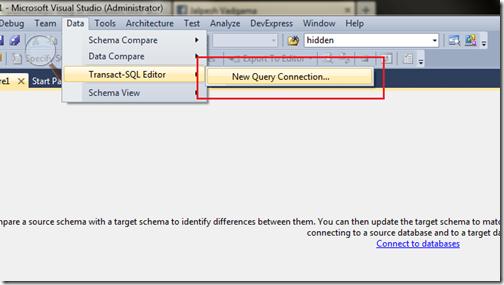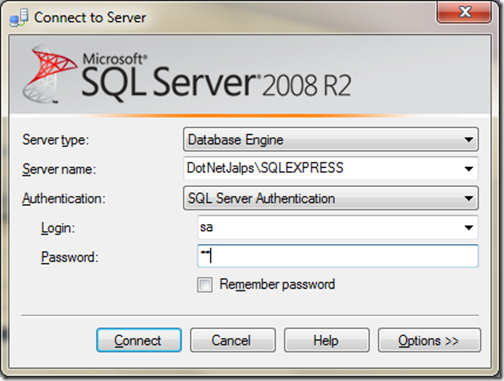Most of programmer need inversion of control pattern in today’s complex real time application world. So I have decided to write a blog post about it. This blog post will explain what is Inversion of control and why we need it. We are going to take a real world example so it would be better to understand.
Before giving definition of Inversion of control let’s take a simple real word example to see why we need inversion of control. Please have look on the following code.
I have two classes “Class1” and “Class2”. If you see the code in that I have created a instance of class2 class in the class1 class constructor. So the “class1” class is dependent on “class2”. I think that is the biggest issue in real world scenario as if we change the “class2” class then we might need to change the “class1” class also. Here there is one type of dependency between this two classes that is called Tight Coupling. Tight coupling will have lots of problem in real world applications as things are tends to be change in future so we have to change all the tight couple classes that are dependent of each other. To avoid this kind of issue we need Inversion of control.
The problem- Why we need inversion of control?
public class class1
{
private class2 _class2;
public class1()
{
_class2=new class2();
}
}
public class class2
{
//Some implementation of class2
}I have two classes “Class1” and “Class2”. If you see the code in that I have created a instance of class2 class in the class1 class constructor. So the “class1” class is dependent on “class2”. I think that is the biggest issue in real world scenario as if we change the “class2” class then we might need to change the “class1” class also. Here there is one type of dependency between this two classes that is called Tight Coupling. Tight coupling will have lots of problem in real world applications as things are tends to be change in future so we have to change all the tight couple classes that are dependent of each other. To avoid this kind of issue we need Inversion of control.
